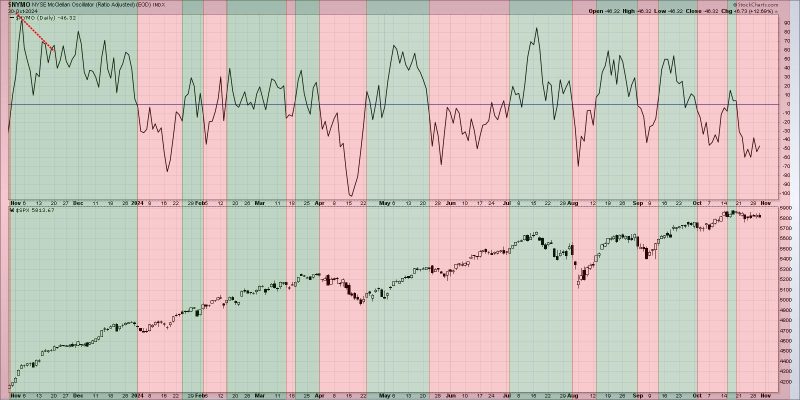Breadth Divergences: Understanding Their Significance in Market Trends
Market analysts and investors have long relied on various indicators to gauge the health of markets and predict potential shifts in trends. One of the key indicators that has gained prominence in recent years is breadth divergences. But what exactly are breadth divergences, and why are they significant in understanding market dynamics?
To put it simply, breadth divergences refer to discrepancies between the performance of an overall market index or average and the performance of individual stocks or sectors within that market. This can manifest in various ways, such as when a market index reaches new highs, but a large number of individual stocks within that index are experiencing declining prices. Conversely, a market index might be trending downwards, while a few stocks are bucking the trend and showing strength.
These divergences can provide valuable insights into the internal dynamics of the market. When breadth is strong, meaning that a significant majority of stocks are participating in the trend, it is seen as a positive sign of market health and sustainability. On the other hand, when breadth is weak and only a small number of stocks are driving the market’s performance, it could signal underlying weakness and an increased risk of a trend reversal.
One of the key reasons why breadth divergences are closely watched by market participants is their potential implications for market breadth. If a market rally is driven by only a handful of large-cap stocks, it may lack the broad participation needed for long-term sustainability. In such cases, the risk of a market correction or reversal increases as the rally becomes increasingly dependent on a few stocks.
Moreover, breadth divergences can also provide early warnings of potential market turning points. As divergences between the performance of the overall market and individual stocks or sectors widen, it could be a sign that market sentiment is shifting and that a trend reversal is on the horizon. By closely monitoring these divergences, investors and analysts can better position themselves to adapt to changing market conditions and manage potential risks.
It is important to note that breadth divergences are just one of many indicators that market participants use to assess market trends and make informed investment decisions. They should be considered in conjunction with other technical and fundamental analysis tools to gain a comprehensive understanding of market dynamics.
In conclusion, breadth divergences play a crucial role in understanding the internal dynamics of markets and can provide valuable insights into potential market shifts. By monitoring these divergences closely, investors and analysts can better navigate changing market conditions and make informed investment decisions.

